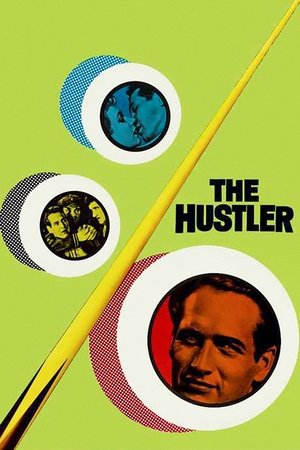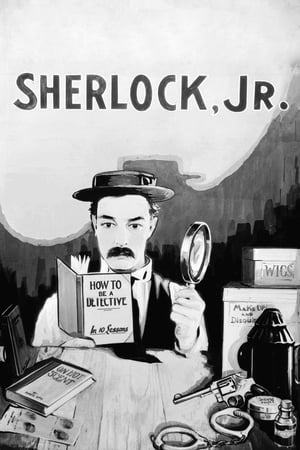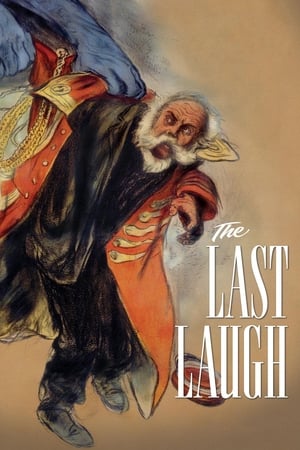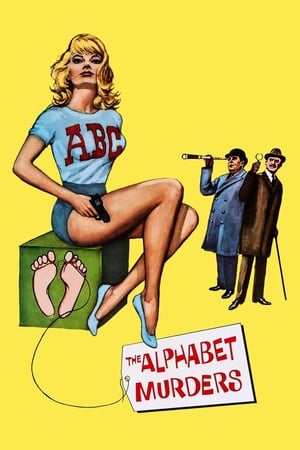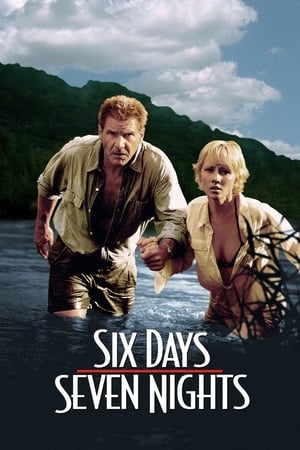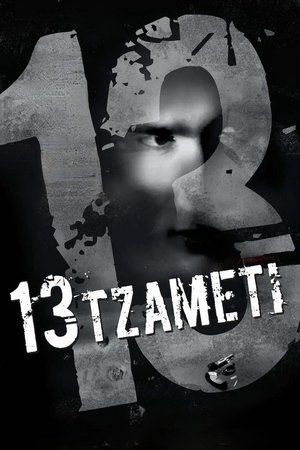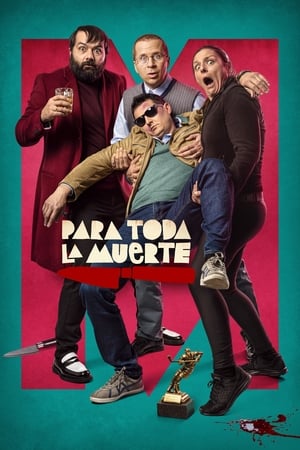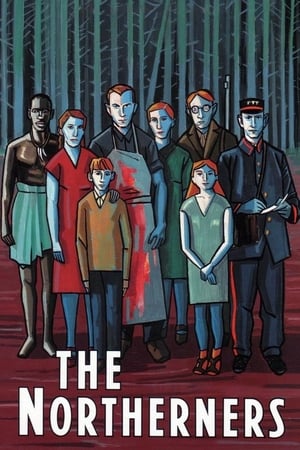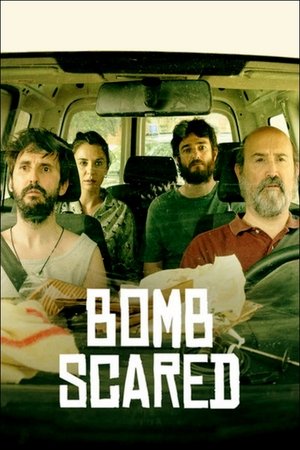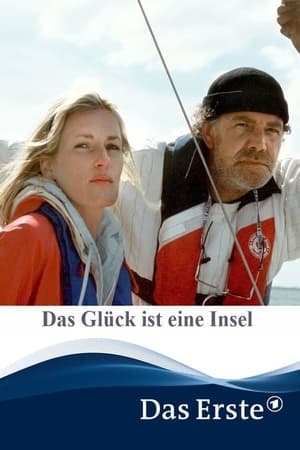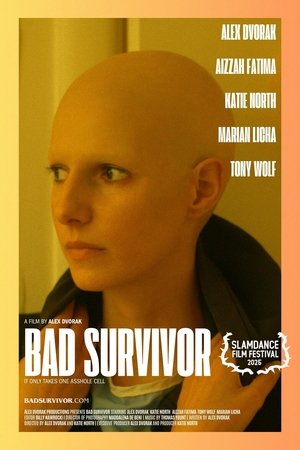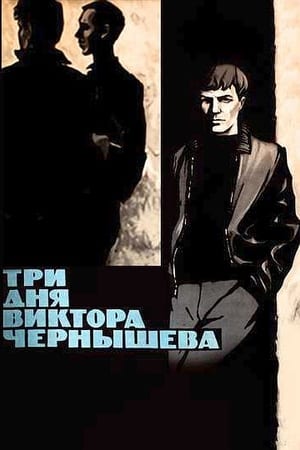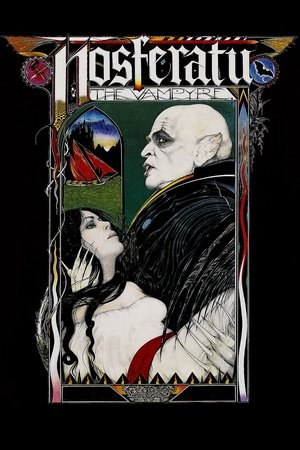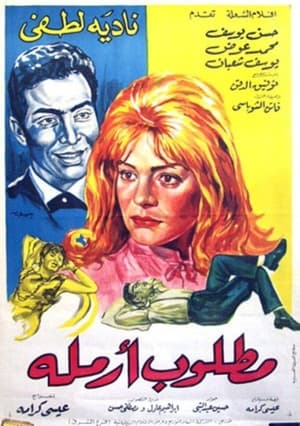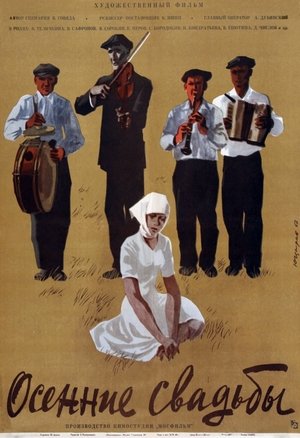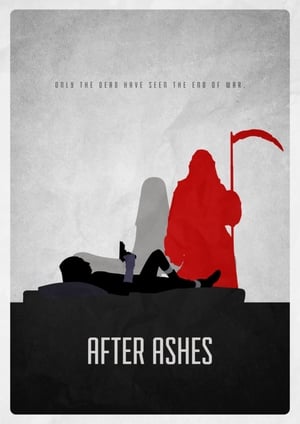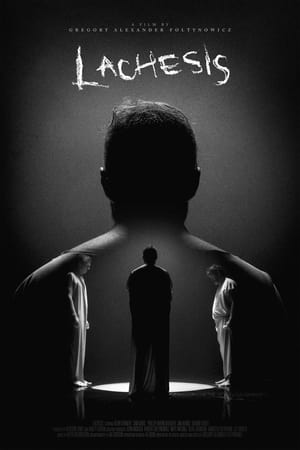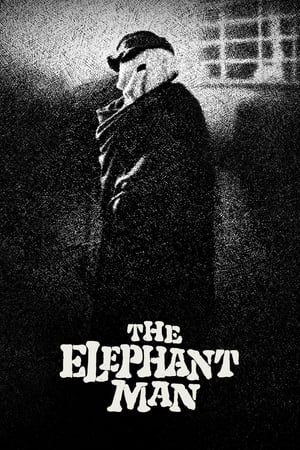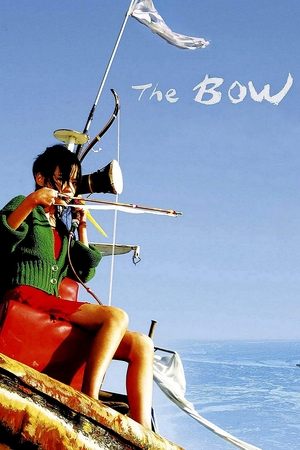Overview
On the run and in search of help, two wounded gangsters find refuge in the secluded castle of a feeble man and his wife; however, under the point of a gun, nothing is what it seems.
Reviews
_**Mid-60’s art house flick is dramatically tedious, but has interesting themes**_
A diminutive artist (Donald Pleasence) lives with his much-younger French wife (Françoise Dorléac) in a castle on a tidal island in northern England. When a gruff gangster (Lionel Stander) shows up on their doorstep havoc ensues. Iain Quarrier, William Franklyn and a young Jacqueline Bisset show up for peripheral parts.
"Cul-de-Sac" (1966) is one of Roman Polanski's early experiments, a freestyle B&W psychological crime dramedy that takes elements of “The Damned” (1963), “Touch of Evil” (1958) and “A Streetcar Named Desire” (1951) and mixes them with black humor and the theme of the later “Straw Dogs” (1971). Jack Nicholson cited it as his favorite film, which makes sense when you consider Nicholson’s “The Shooting” (1966). In tone, it’s the precursor to Altman flicks like “The Long Goodbye” (1973).
There’s such an improvisational feel that one wonders what the point is? French girls are neurotic and promiscuous: British artists are wussies? Those who live by the gun will die by the gun? No matter how much a person tries to escape the world to focus on fulfilling his/her art (whatever that might be), the corruption of the world will come knocking on your door and might even share your bed? That even a finely cultured man will resort to his primordial nature if backed into a corner?
The film obviously has its partisans, who deem it a masterpiece. There are some interesting technical things going on, like the 7.5 minute scene on the beach, which was one of the longest continuous sequences in cinema up to that point. But the characters are oddball and unlikable while the story is meandering and dramatically dull. Yet the locations, the cast and the themes are to die for, not to mention the eccentricities.
The film runs 1 hour, 52 minutes, and was shot at Holy Island of Lindisfarne, off the coast of northeastern England.
GRADE B-/C+

 112 min
112 min
 6.7
6.7
 1966
1966
 United Kingdom
United Kingdom
 Wuchak wrote:
Wuchak wrote: